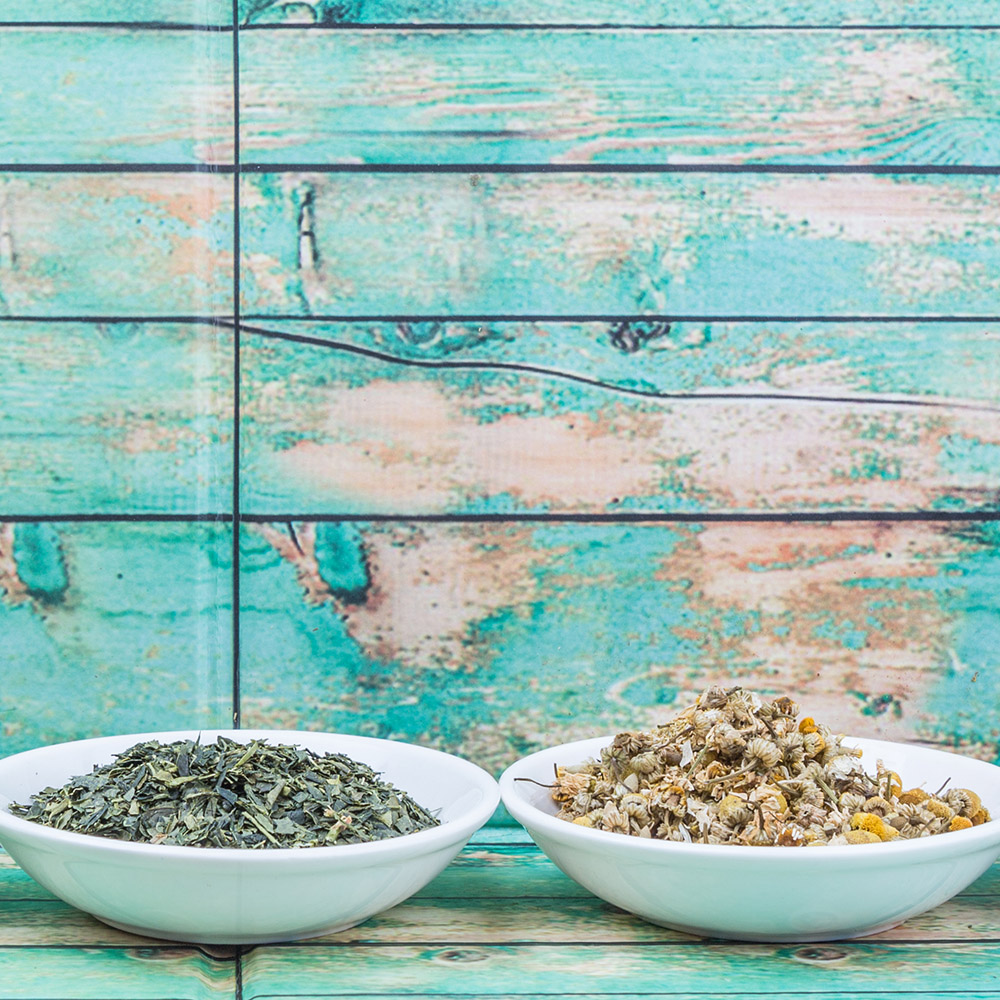
In recent years, we’ve seen a refreshing surge of people eager to grow their own food. It’s a great way to put your landscape to use for your family, and you can ensure that your food is organic and locally sourced.
But there’s more to growing food than putting in a few tomato or strawberry plants. Many people have branched out into herbal gardens, which are fun and easy to grow. Not only do herbs add flavor and excitement to your food, but many of them can be used for medicinal purposes! In particular, you can actually grow many plants to be used in your own homemade herbal teas.
Technically, all tea comes from one type of plant: Camellia sinensis. Depending upon the subtype of tea plant, and the part of the plant that you use to make tea, you can prepare black tea, green tea, white tea or Oolong tea from this plant. All other “teas” – from herbal sources – aren’t technically tea. But we tend to include them all in the same category anyway, and you will often find that several plants are blended to make specialty teas according to taste and health benefits.
Step One: Learn about your favorite teas. What type of tea do you enjoy drinking, or which therapeutic teas are you eager to try? Did you know that tea actually comes from five different parts of plants, including the leaves, seeds, fruits, roots, and flowers? Different plants will be used in different ways, so first learn which parts of the plant you will actually be using in your homemade teas.
Some common choices include:
- Peppermint, for calming the stomach
- Lavender, for reducing stress and relieving headaches
- Chamomile, for calming and inducing sleep
- Jasmine, for its intoxicating smell and flavor
- Rose hips – technically, these aren’t herbs at all, but deserve mention. If you grow roses in your garden anyway, you can reap the benefits of a high dose of vitamin C by adding rose hips to your teas.
Step Two: Choose your space. After you have chosen a few plants that you want to grow, choose the appropriate spots for them. You can grow tea plants in pots on your patio, in your yard, and sometimes even in your kitchen window. The key is to do your research, and discover the particular sunlight, water, and space needs of each plant.
Step Three: Learn how to prepare your teas. If you choose to make tea from leaves or flowers, you must first dry them. Spread the leaves or flowers on a baking sheet, and dry them in your oven at 250 degrees for about 20 minutes. If you prepare large batches ahead of time, you can store them in an airtight container for later use. Fruits and roots can be dried before use, or used immediately. Seeds should be crushed before adding to your tea.
Just one final note: If you are pregnant, seek a doctor’s advice before using any herbal remedies. Some teas can be quite strong, and have detrimental effects upon you or your fetus.
As always, feel free to give us a call. We would be happy to help you plan your tea garden, select the right plants, and give you advice on optimal growth conditions.

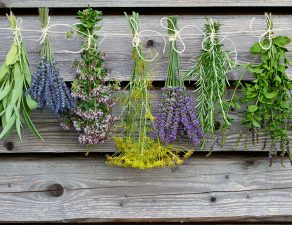
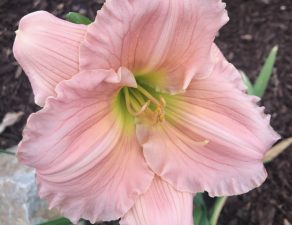

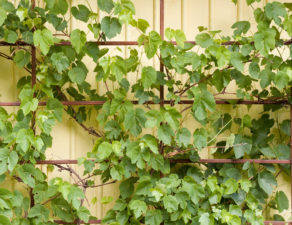
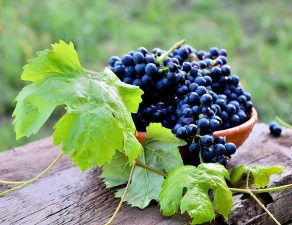
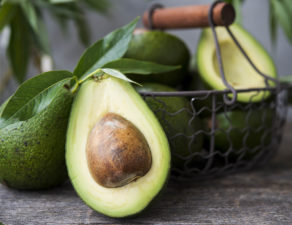

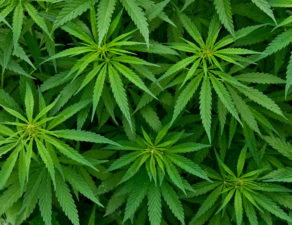
Write a comment: